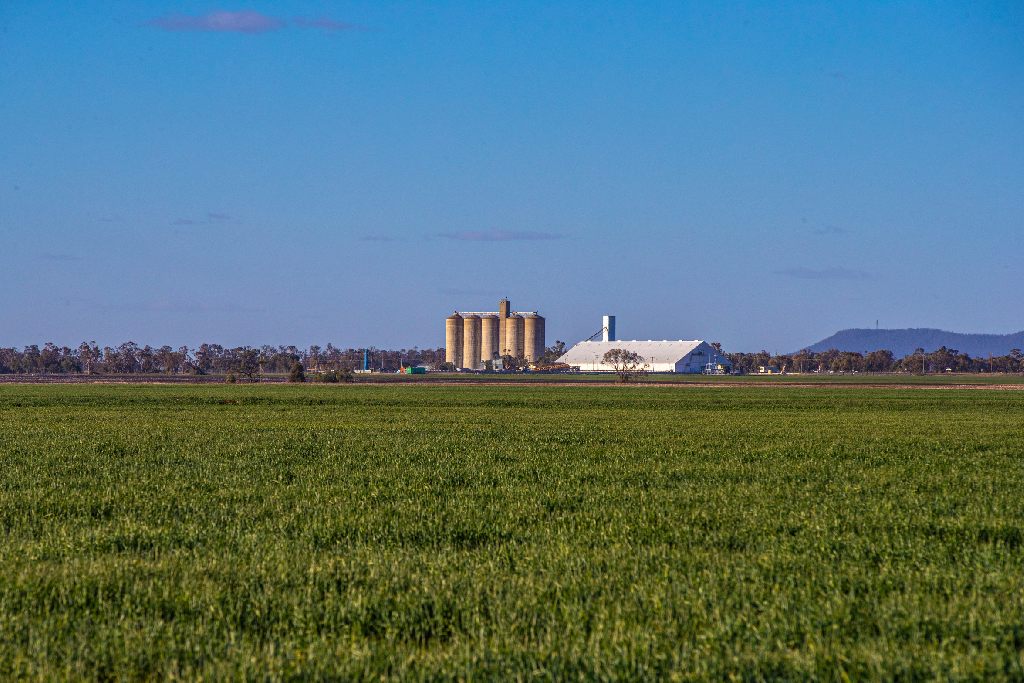Farming Still A Safe Bet

In the midst of what meteorologists are calling the worst drought in Australia’s history, it’s easy to be overwhelmed by doom and gloom. But if you stand back from this understandably dismal scene, and focus on the longer-term scenario, there is hope for a more fertile environment on the horizon.
With the help of some recent data released by the Australian Bureau of Agricultural and Resource Economics (ABARES), we examine our reasons for a confident rather than chaotic future. We have selected the grain and beef industries to make our case, because they are the largest industries by far.
Around 49% of all Australian farms carry beef cattle making this the most common and widely dispersed agricultural activity in the nation. In 2017–18, beef farms accounted for around 20% ($12.3 billion) of the total gross value of farm production.
Around 26% of all Australian farms produced grains, oilseeds and pulses in 2017–18, when they accounted for around 21% ($12.8 billion) of the total gross value of farm production, with wheat is the most important individual crop by tonnage and value.
Taking the longer-term view, how are these major industries going, and does this give us some confidence about the future? We contend that they are going OK.
Beef Cattle
Average farm cash income of beef farms in 2018–19 is projected to be the fifth highest since 1989–90 in real terms.
While average farm debt of beef farms increased in 2017–18 and is projected to increase further in 2018–19, largely attributed to land purchases and working capital, the average equity ratio of beef farms remained steady at around 90% from 2000–01 to 2017–18. Around one-third of beef farms have no debt.
Productivity gains are still occurring in this industry, partly realised through improved pastures, herd genetics and disease management, which lowered mortalities and increased branding rates (calves marked as a percentage of cows mated).
The proportion of beef farms holding Farm Management Deposits increased to around 26% in 2017–18. The value of FMD holdings per farm also trended upwards to 2017–18, where the average value of FMDs held was around $252,000 per farm.
Cropping
Turning to the cropping sector, the drought is having a greater impact, but not yet as damaging as the previous drought, because nationally the current drought is directly impacting fewer cropping regions.
Nevertheless, farm incomes are projected to be substantially lower in 2018–19 due to reduced crop plantings and lower yields.
As with the beef industry, average farm debt of Australian grain farms increased in 2017–18 (in real terms) and is projected to increase further in 2018–19. From 2000 to 2018 the average equity ratio of grain farms fluctuated around 85%.
Over the 10 years to 2016–17, the proportion of receipts needed to pay interest averaged around 8%. In 2017–18, the proportion of farm receipts needed to fund interest payments was around 5% and is projected to be 6% in 2018–19.
At the national level, around 42% of grain farms reduced their total debt in 2017–18. An estimated 38% of grain farms increased their debt on average in 2017–18, and 1% of farms had no change in debt. The remaining 19% of farms had no debt at 1 July 2017 and 30 June 2018.
However, ABARES data shows that the total value of capital of Australian grain farms was 77% higher in 2017–18 than in 2000–01 in real terms. On a per farm basis, total capital more than doubled over the period to around $7 million per farm in 2017–18, largely because of increasing average farm sizes and appreciation in land values.
From 1990 to 2002, land values increased at an average of 2.3% a year. Stronger demand for farm land led to sharp increases in land values from 2002 to 2009, with an annual average return from land appreciation of 10.7% per year. Land values declined from 2009 to 2013 before rising strongly in subsequent years to 2018.
The proportion of grain farms holding Farm Management Deposits increased from around 24% in 2007–08 to nearly 40% in 2017–18. The value of FMD holdings per farm also trended upwards from 2007 to 2018. In 2017–18, the average value of FMDs held was around $317,000 per farm.
From where we sit, this data suggests that the trend is our friend. On average, we should survive, and even prosper, provided we can eventually fix the financial ring-fences this drought is creating.
by Michael Guest in Latest News
Share this post
Posts this year
Archived Posts
- Posts in 2024
- Posts in 2023
- Posts in 2022
- Posts in 2021
- Posts in 2020
- Posts in 2019
- Posts in 2018
- Posts in 2017
- Posts in 2016
